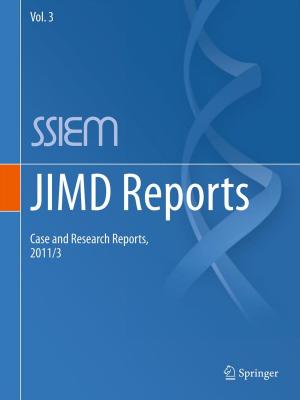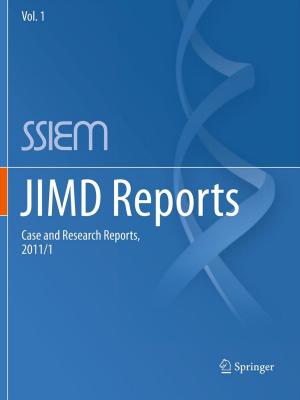| Author: | ISBN: | 9783642452185 | |
| Publisher: | Springer Berlin Heidelberg | Publication: | March 24, 2014 |
| Imprint: | Springer | Language: | English |
| Author: | |
| ISBN: | 9783642452185 |
| Publisher: | Springer Berlin Heidelberg |
| Publication: | March 24, 2014 |
| Imprint: | Springer |
| Language: | English |
The volume is divided into four sections, the first of which, Genome Sequences and Beyond, illustrates the impact of genome-based information and techniques on research ranging from model organisms like yeast to less-studied basal fungal lineages. Furthermore, it highlights novel types of analysis made possible by multi-genome comparisons as well as the impact of genomics on culture collections and vice versa. The second section, Cell and Developmental Biology, addresses questions that are important for fungal biology, e.g. the development of fungal fruiting bodies, and biology in general, e.g. chromatin organization and circadian rhythms. The third section, Genomics for Biotechnology, covers the search for plant biomass-converting enzymes in fungal genomes and work with industrially important fungi. The fourth section, focusing on Pathogenicity, offers chapters on the genomic analysis of plant and animal/human pathogens. It illustrates how genomics at all levels, from genome to metabolome, is used to study mechanisms of the interactions of fungi with other organisms.
The volume is divided into four sections, the first of which, Genome Sequences and Beyond, illustrates the impact of genome-based information and techniques on research ranging from model organisms like yeast to less-studied basal fungal lineages. Furthermore, it highlights novel types of analysis made possible by multi-genome comparisons as well as the impact of genomics on culture collections and vice versa. The second section, Cell and Developmental Biology, addresses questions that are important for fungal biology, e.g. the development of fungal fruiting bodies, and biology in general, e.g. chromatin organization and circadian rhythms. The third section, Genomics for Biotechnology, covers the search for plant biomass-converting enzymes in fungal genomes and work with industrially important fungi. The fourth section, focusing on Pathogenicity, offers chapters on the genomic analysis of plant and animal/human pathogens. It illustrates how genomics at all levels, from genome to metabolome, is used to study mechanisms of the interactions of fungi with other organisms.















